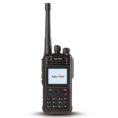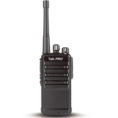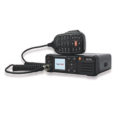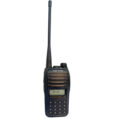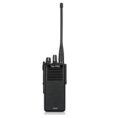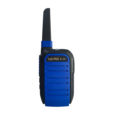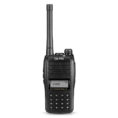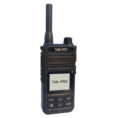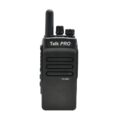In its most basic form, a walkie-talkie is a battery-powered transmitter. It can broadcast and receive radio communications.
Half-duplex
They employ a half-duplex information transfer technology. This implies that it can only broadcast a single signal on a single channel at a time. A message cannot be sent and received at the same time. You can either listen (get) or speak (send). This is in contrast to a mobile phone, which is full-duplex. It permits data to be exchanged in both ways at the same time, allowing us to conduct uninterrupted discussions with no breaks or interruptions.
To speak into a walkie-talkie, you must press a button. This is known as push-to-talk (PTT) or press-to-transmit (PTT). You are activating the transmitter and delivering your radio signal while holding the button. At any one moment, only one radio on the channel can transmit. When the button is pressed, you cannot receive a message.
As soon as you let go of the button, you’ll be able to hear (receive) any message sent by another unit tuned into the channel you’re working on. You don’t have to dial a button since you’re operating on a channel of radio frequencies, which means you don’t have to memorize any digits.
Operating frequencies
The majority of walkie-talkies operate at frequencies of 27 MHz and 400-500 MHz. These are known as ultra-high frequencies (UHF) because they are far beyond our ability to hear. Because walkie-talkie transmissions are not amplified by towers. They might be sensitive to barriers such as mountains that can disrupt the signal route.
While a cellphone requires cellular signals, a walkie-talkie does not, therefore if your mobile phone dies due to a weak signal, your walkie-talkie will still operate. Walkie-talkies are great for people operating in a vast region, and they can even be used up to a few miles away.
Two Way Radio by Talkpro to consumers all across the country. We can help customers in locating the best solution for their two-way radio requirements depending upon the location and requirements.



